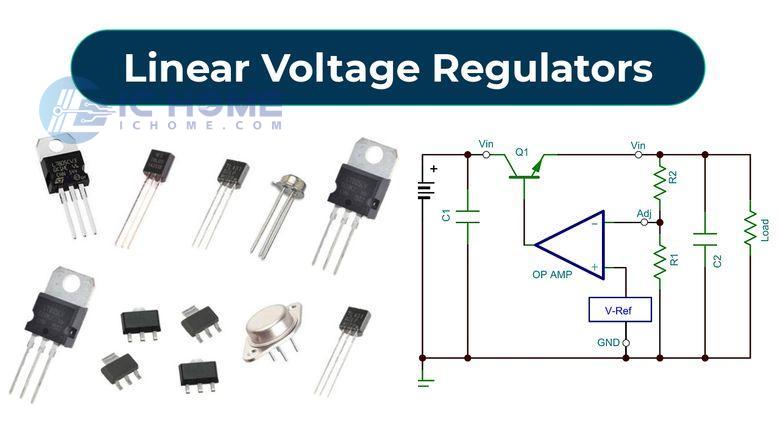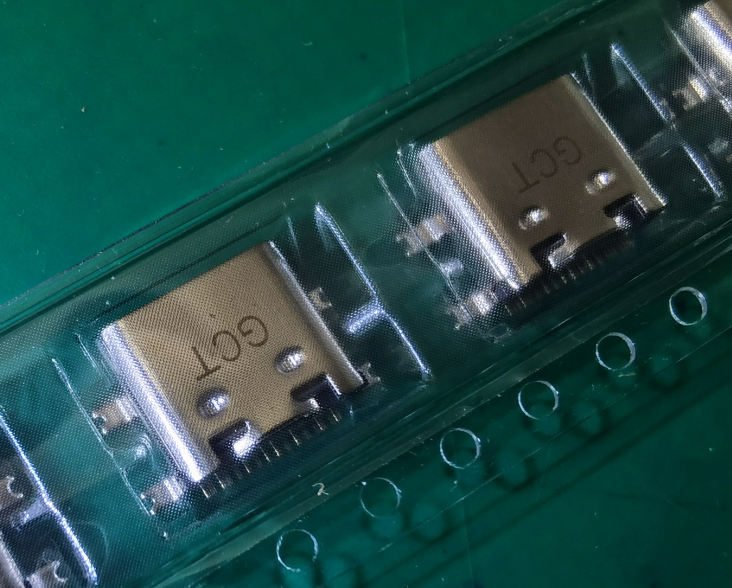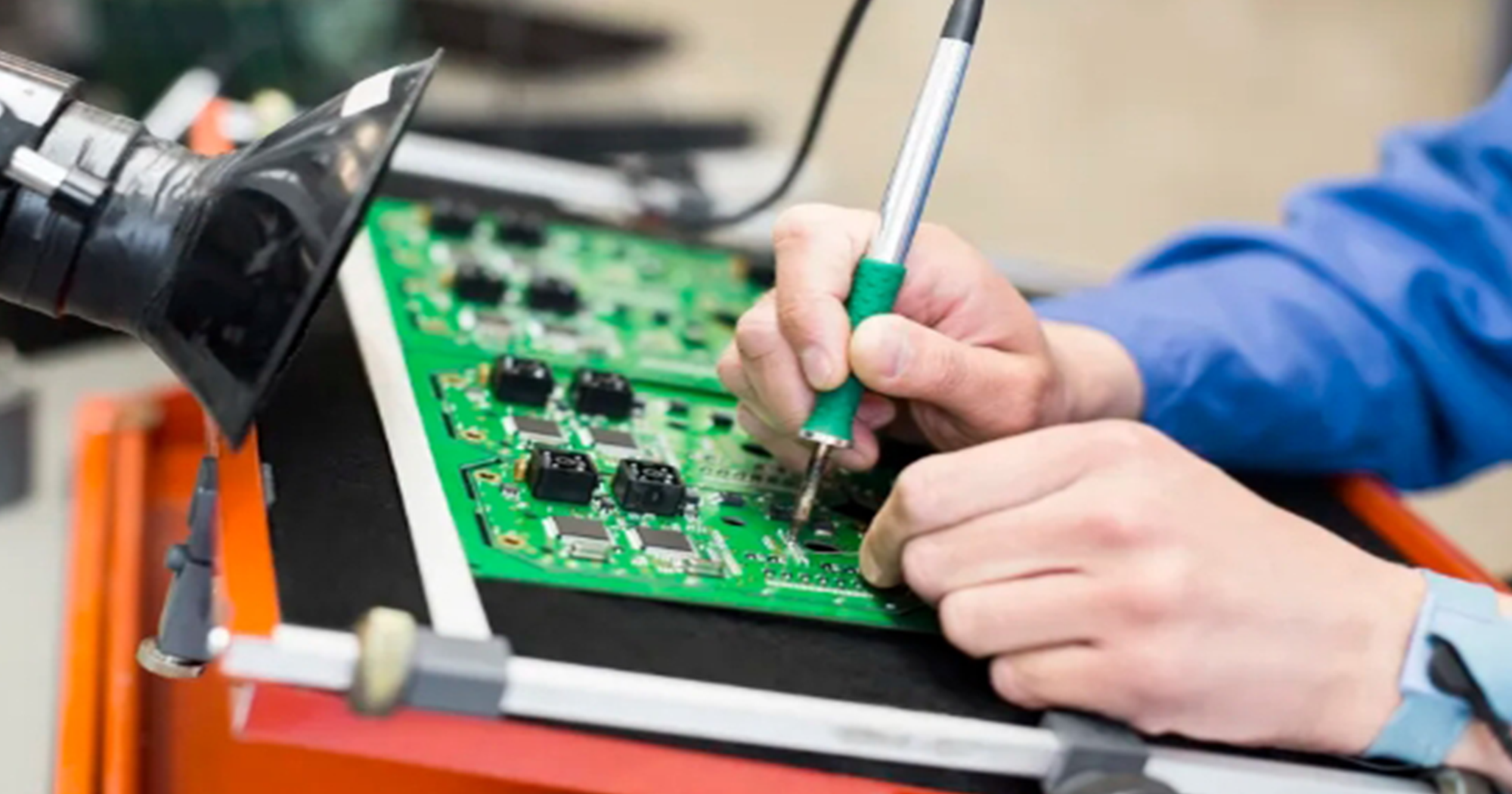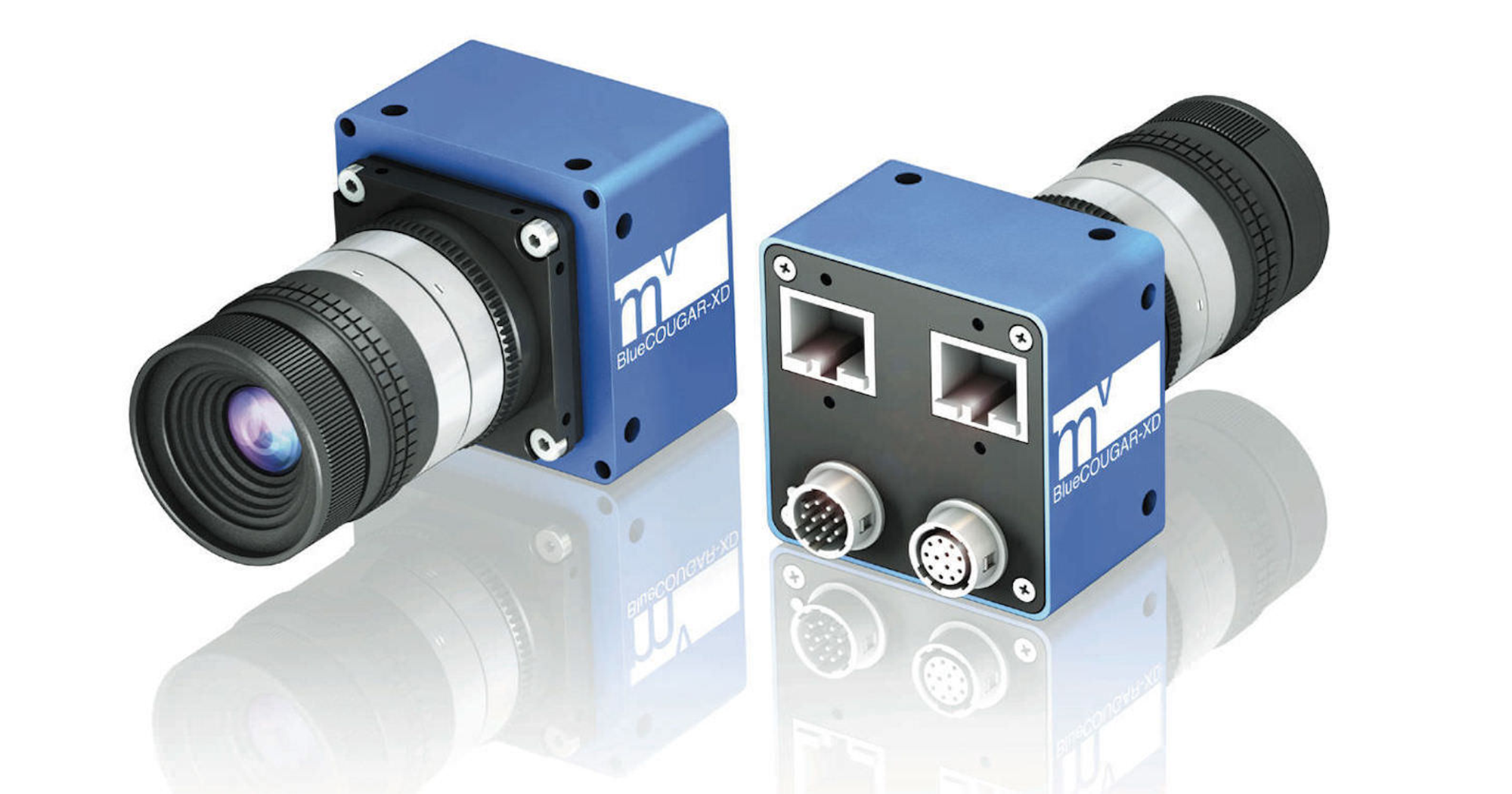Exploring the Applications and Advantages of Linear Voltage Regulators
Linear voltage regulators (LVRs) are crucial components in electronic circuits, ensuring stable and controlled voltage supply. By dissipating excess voltage as heat, LVRs maintain a steady output voltage for sensitive components, thus enhancing circuit efficiency and protecting devices from damage. As we delve into linear voltage regulators, we'll explore their common applications and considerations for choosing the right part.

Common Applications of Linear Voltage Regulators
Linear voltage regulators are versatile and are often chosen for their simplicity and reliability. Here are some typical applications where LVRs are indispensable:
Audio Devices: LVRs are preferred in audio applications due to their low noise output. They prevent voltage fluctuations, which can lead to signal interference or hum in audio outputs. High-quality audio amplifiers, for example, rely on stable voltage inputs, making LVRs an ideal choice.
Communication Systems: In radios, transmitters, and other communication devices, maintaining a constant voltage is vital for signal integrity and range consistency. LVRs help in reducing RF noise, enabling stable and clear signal transmission.
Embedded Systems and Microcontrollers: Many embedded systems operate on low power and are sensitive to fluctuations. By providing a stable supply voltage, LVRs ensure that the system’s performance remains consistent, which is critical in applications like automotive control systems and IoT devices.
Battery-Powered Devices: For devices powered by batteries, such as laptops and mobile devices, LVRs extend battery life by minimizing power loss due to voltage fluctuations. LVRs stabilize the input, providing steady power to sensitive components without draining the battery rapidly.
Important Considerations When Selecting an LVR
Selecting the right linear voltage regulator involves assessing the specific requirements of the application and matching them to the LVR’s specifications. Here are key factors to consider:
Output Voltage and Current Rating: Different applications require different output voltages and current ratings. Choosing an LVR that matches the load requirements is essential to avoid overheating or inefficiency. For instance, the popular LM317 model can handle variable outputs and is often used in adjustable voltage circuits.
Power Dissipation and Thermal Performance: Since linear voltage regulators dissipate excess power as heat, they are inherently less efficient than switching regulators. Therefore, for high-current applications, the thermal design is crucial. Consider using regulators with integrated heat sinks or those compatible with external cooling mechanisms.
Package and Case: LVRs come in various packages (e.g., TO-220, SOT-223), each designed to suit specific mounting requirements and thermal characteristics. TO-220, for example, provides a larger surface area for heat dissipation and is ideal for higher power applications, whereas smaller SOT-23 packages are suitable for compact, low-power devices.
Advantages of Using Linear Voltage Regulators
Despite their limitations in efficiency, LVRs have unique advantages that make them suitable for certain applications:
Low Output Noise: Linear regulators are known for their low noise levels compared to switching regulators. This feature is beneficial in sensitive analog and RF circuits where noise can interfere with performance.
Ease of Use and Stability: With fewer external components needed, LVRs are easy to design and integrate. They offer stable output with minimal complexity, making them a preferred choice for straightforward voltage regulation tasks.
Fast Response to Load Changes: Linear voltage regulators respond quickly to changes in load, maintaining voltage stability even under fluctuating loads. This is an advantage in dynamic environments, such as audio and communication systems.
Future Trends
The future of linear voltage regulators is promising, with several trends emerging:
Higher Efficiency: Continuous efforts to reduce power dissipation and improve efficiency.
Integrated Features: Integration of additional features like current limiting, thermal shutdown, and enable/disable functions.
Wider Input Voltage Range: To accommodate a wider range of input voltage variations.
Smaller Packages: Enabling more compact and space-constrained designs.
Conclusion
Linear voltage regulators remain a reliable solution for applications requiring stable voltage with minimal noise, despite the availability of more efficient switching alternatives. By understanding the key components, applications, and factors to consider when selecting a regulator, engineers can make informed choices to enhance device performance. Whether for audio, communication, or embedded systems, linear voltage regulators offer stability and simplicity, making them an essential component in various electronics applications. Their ease of integration and reliable performance make them a valuable option, especially in scenarios where noise sensitivity is a concern.
If you’re looking for linear voltage regulators, ICHOME is your reliable partner. We have a range of high-quality parts, contact us.




